After the great but expensive experiences in Costa Rica, we come to the last country in Central America: Panama. There would be a lot to see, many sights that will involve nature are a little overshadowed by the experiences in Costa Rica, as the wildlife there can be experienced in a uniquely impressive way. Accordingly, we opt for a more leisurely sightseeing program in Panama. We are also in this country mainly to ship our campervan Ben to the South American continent! We will write a separate report about this in a following article.
As the shipping deadline is pressing, we haven’t planned very much time for Panama (but this will eventually change…) and therefore haven’t done very much. That’s why we’re summarizing our trip through Panama here in a single blog post.
Relaxing in Boquete
That we can recover from the tropical temperatures for at least a few days, we head back to a higher region in Panama. The town of Boquete lies at the very back of a valley at just over 1000 meters above sea level. The average temperature here is a pleasantly cool 20° C and we can catch up on a night or two of restful sleep after the prolonged hot period.
Boquete is a hiking area with green hills and clear mountain streams. We are lucky enough to spend the night at a wild campsite right next to one of the streams. A natural refreshment in the morning after getting up is something nice. The clear stream takes us right back to our homeland. The vegetation is also more similar at this altitude than at sea level as all the plants naturally adapt to the cooler temperatures.
The region Boquete is also known for its coffee plantations, as it is said to be the only coffee region in Panama. We already had the opportunity in Guatemala to get a Central American impression of coffee production through our language school and the coffee fields by the roadside. Accordingly, we move on without a dedicated coffee tour.
Longer stages on the Panamericana
In Panama, we tend to take longer stages, as we still think that the ship for our campervan Ben will be leaving soon. The Pan-American highway is very well developed here and often has four lanes (two lanes per direction). This means we make smooth progress without any major traffic jams or slow speeds due to poor road conditions. So smoothly that we really have to watch the speed limit again in Panama. It feels like every 15 km there is a policeman on a motorcycle in the shade armed with a laser gun to measure our speed. Something completely new for us here in Central America, but luckily, we get away without being stopped. In the meantime, it’s a real adjustment to keep to the speed limits. As usual in Central America, however, the Panamanians are still constantly driving 15 – 20 km/h too fast.
El Valle de Antón
By now we are already quite close to Panama City. And our shipping date is also approaching. However, it is repeatedly postponed by 1-2 days as the ship simply needs more time to arrive in the port of Colon. So, after a small detour to Tablas, we now spend a good week in the next higher-lying town in Panama and wait and see. El Valle is very suitable for this program as it has cooler temperatures and one or two places to spend the night without campsite. Due to tourism, there are several cafés in El Valle, which makes our stay really pleasant. One special feature is worth mentioning. El Valle is located in a former supervolcano crater. All around, the remains of the crater still protrude about 200 meters above the height of the plateau on which El Valle was built. That is a special feeling: knowing that we are in a volcanic crater that is so large that it can accommodate an entire village without being constricted.
We spend the second part of our time in El Valle de Anton a little outside on a small organic farm. This farm belongs to a young family who have built themselves a little paradise here. In addition to a huge vegetable garden and lots of fruit trees, there are also sheep, chickens and dogs here. We are allowed to move around freely everywhere and enjoy the relatively quiet time here.
Panama City – can also be visited in a campervan
In the end, we decide against further excursions in Panama and take the last stretch directly to Panama City. And with that we immerse ourselves in another world within Central America. There are all kinds of consumer opportunities here and lots of modern skyscrapers. We probably haven’t seen any of these since Europe, as we skipped Mexico City in Mexico. We used our time in the city to satisfy our need for replacements for broken items. Among other things, some of Paddy’s clothes were badly worn out and we also had to dispose of our shared daypack in Costa Rica. So, let’s go for a short detour into western-style civilization before we soon bid a voluntary farewell to big city life.
We experience Panama City as extremely diverse. Some streets are in a truly wretched state, sometimes with wooden sheds or very run-down, multi-story apartment buildings and mountains of stinking garbage on the roadside. However, the appearance changes completely within 400m or two road junctions. The streets then appear much tidier, the people on the street even appear different and more well-groomed and the whole atmosphere clears up. And of course, the tallest high-rise buildings with every conceivable luxury can be found at the front of the large boulevard by the sea.
The Casco Viejo, now Panama City’s old quarter and tourist magnet, offers yet another world of experience. We often walk there and on the way we pass through rather poor neighborhoods. At the entrance to Casco Viejo, it’s the same stark contrast again: a few hundred meters outside the old town, the buildings are run-down and sometimes in ruins. And within this short distance, the entire appearance changes to the inviting, colorful colonial facades and the cleanest streets in all of Central America. For us, this is the most contrasting city on this trip so far.
Other sights in Panama
There is so much more to experience in Panama. The Bocas del Toro archipelago would be a good place for a beach vacation. There are also some indigenous peoples, which could probably be visited with a guide and prior planning, as well as islands in the Pacific, such as the well-known San Blas Islands, which belong to Panama. However, as we already mentioned, we have to keep an eye on the time and should be more flexible due to the shipping of our campervan, so we leave a few things out in Panama. We only visit the Panama Canal – a must if we are already in Panama City. But we’ll write a separate blog post about that.
We are now really looking forward to South America! Our time in Central America in the past has already given us a little taste of what’s to come, but we will certainly have many more differences to discover in South America, especially in terms of the landscape. Here in Panama, we meet many other van travelers, some of whom are shipping to South America like us, but also some who have just shipped from South America to Panama and what they tell us about South America makes us really hungry to travel the countries ourselves!
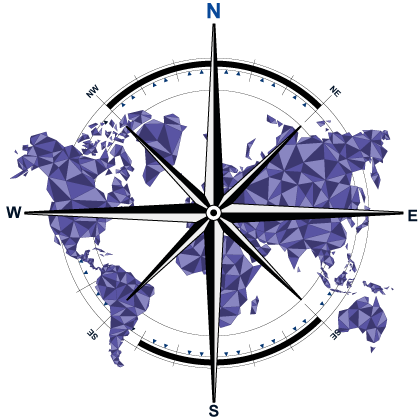

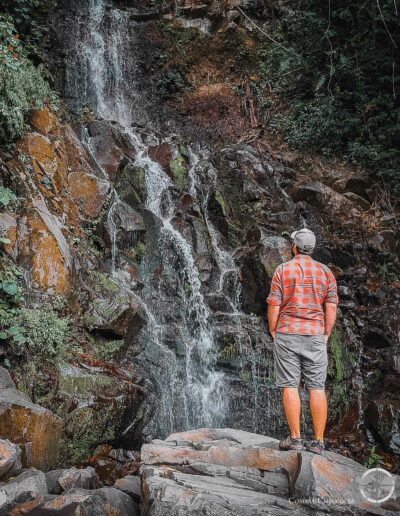


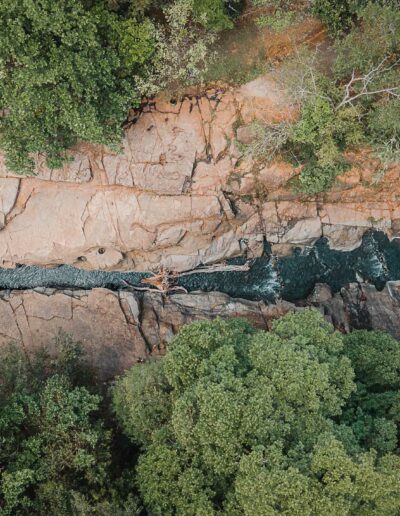


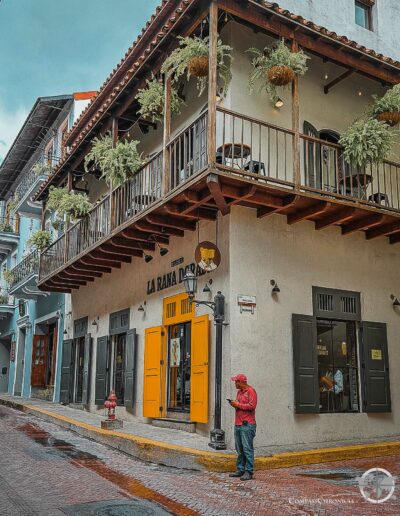
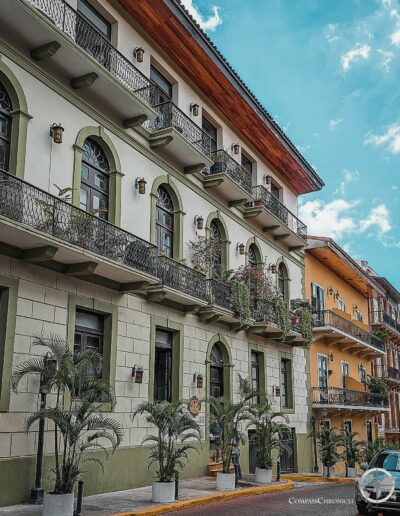

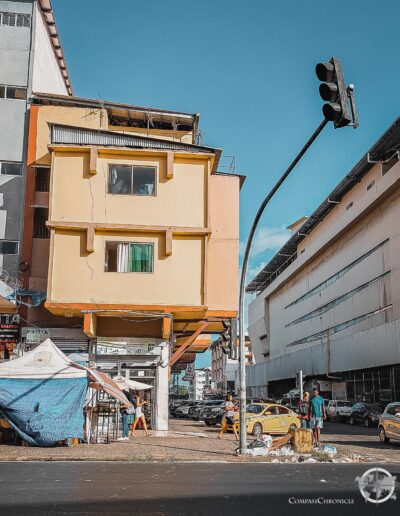
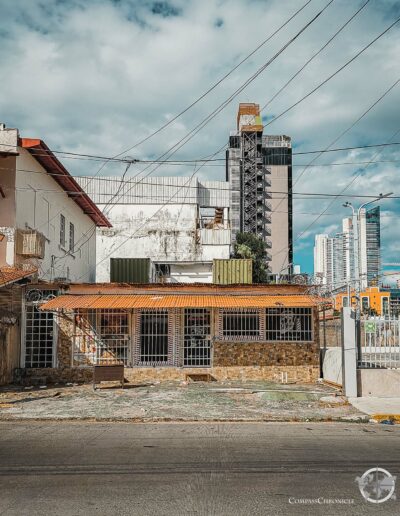


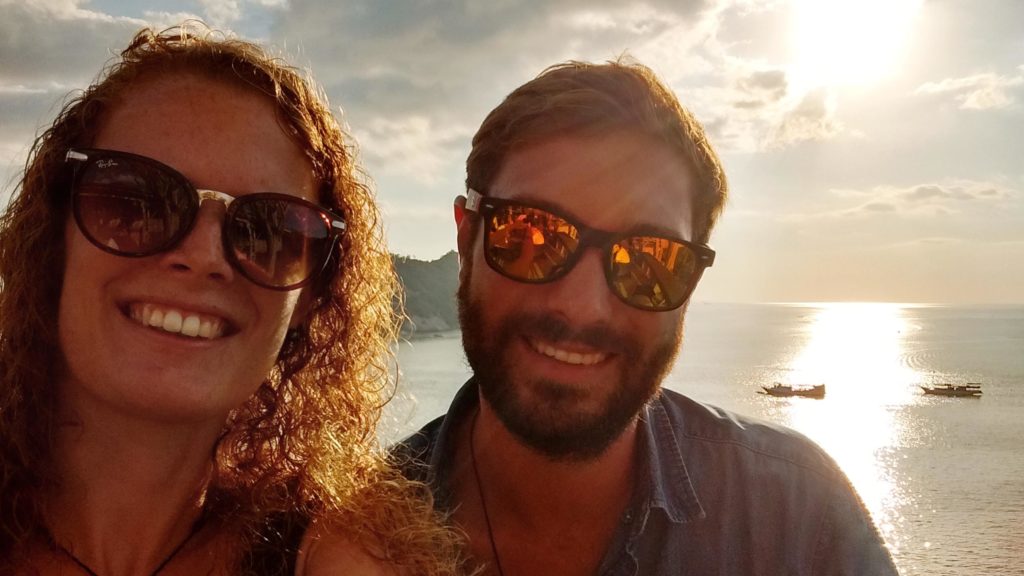
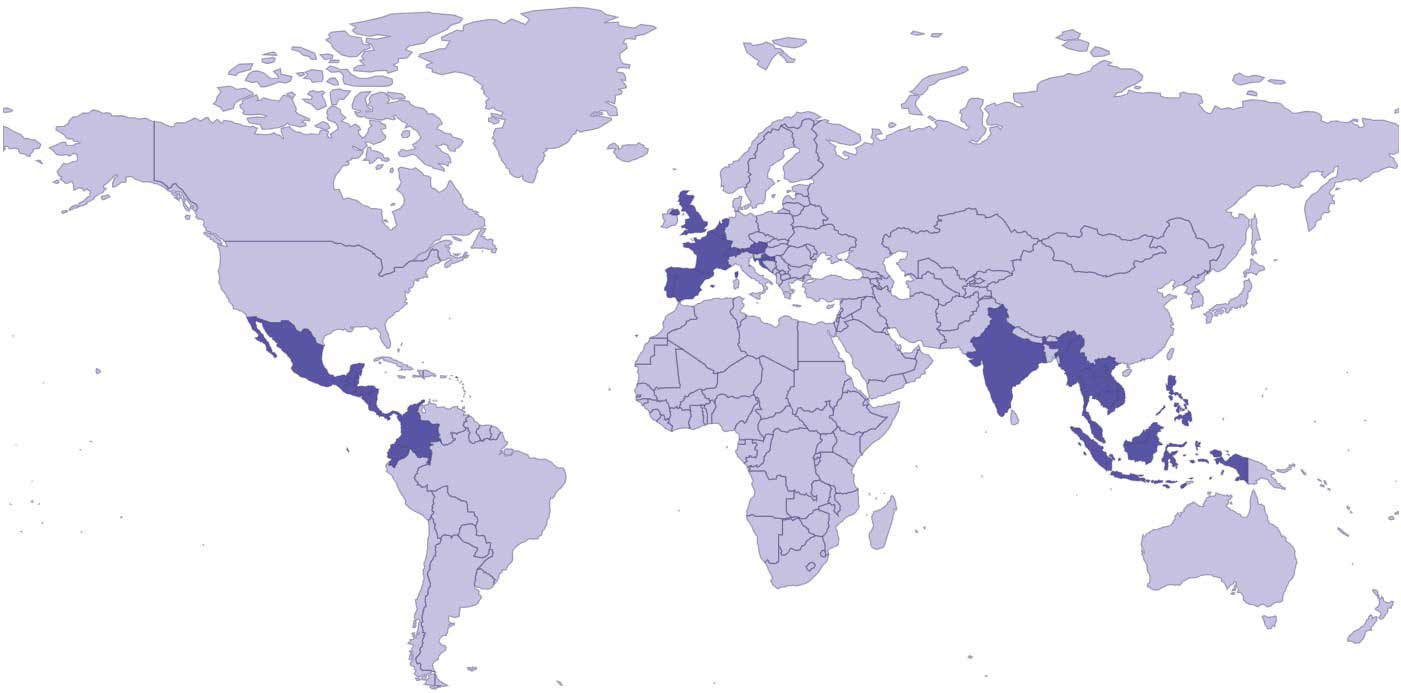

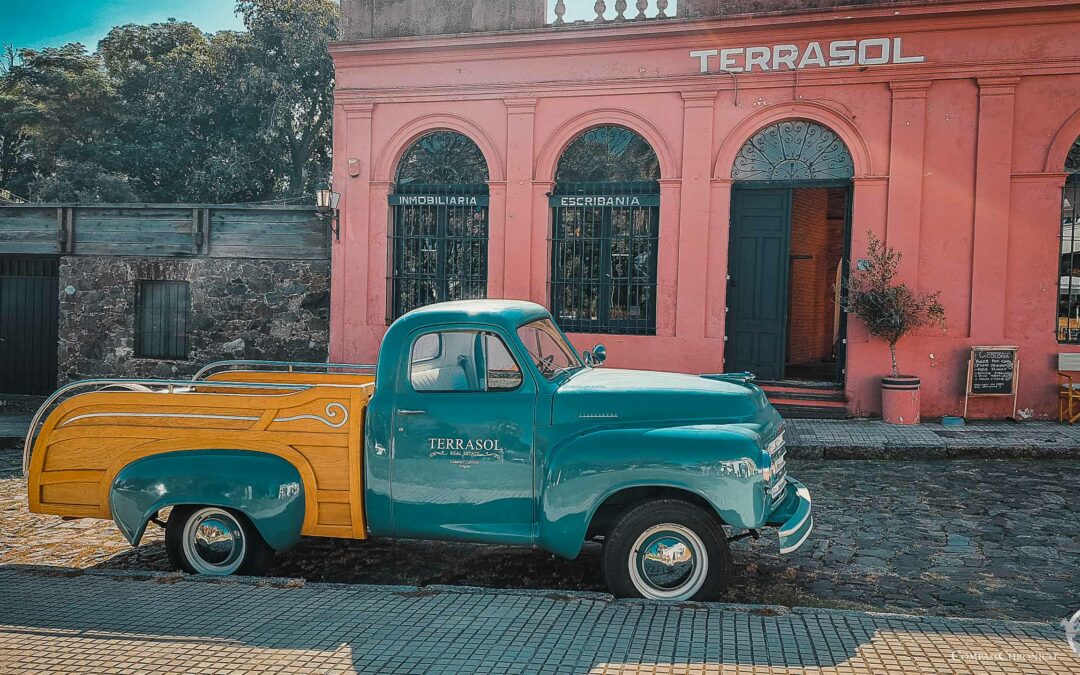
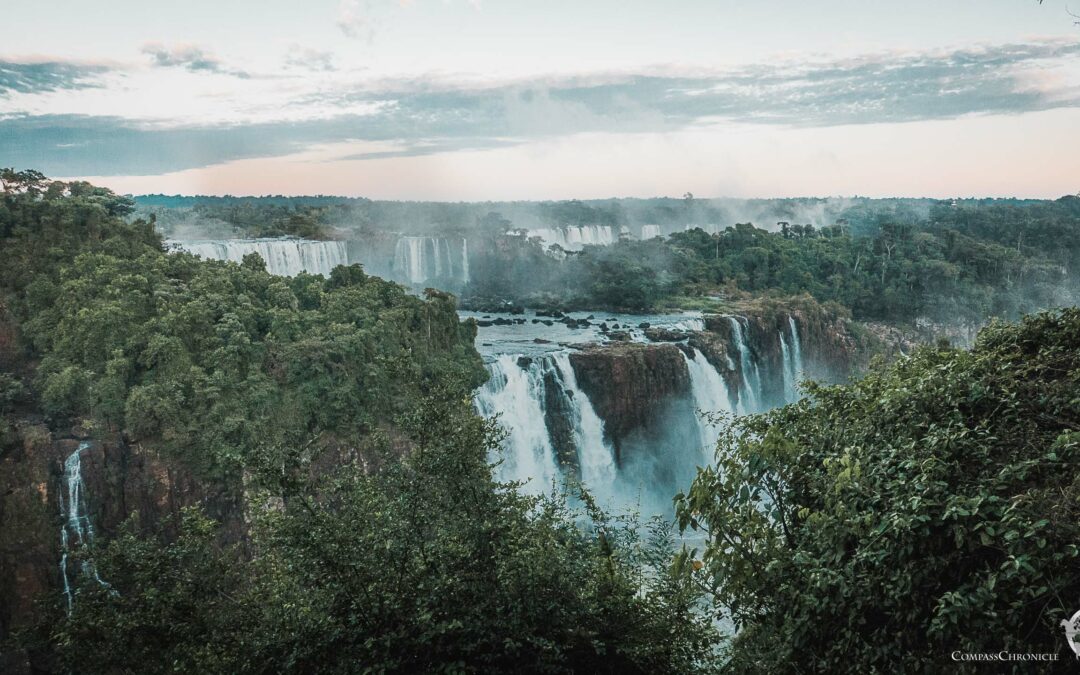
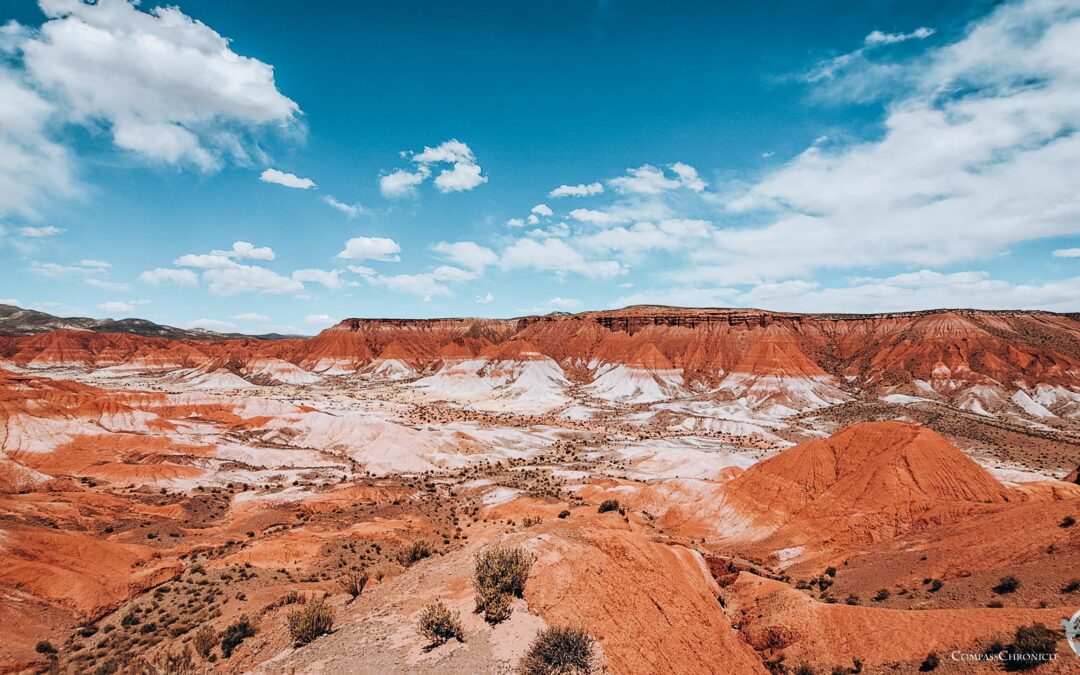
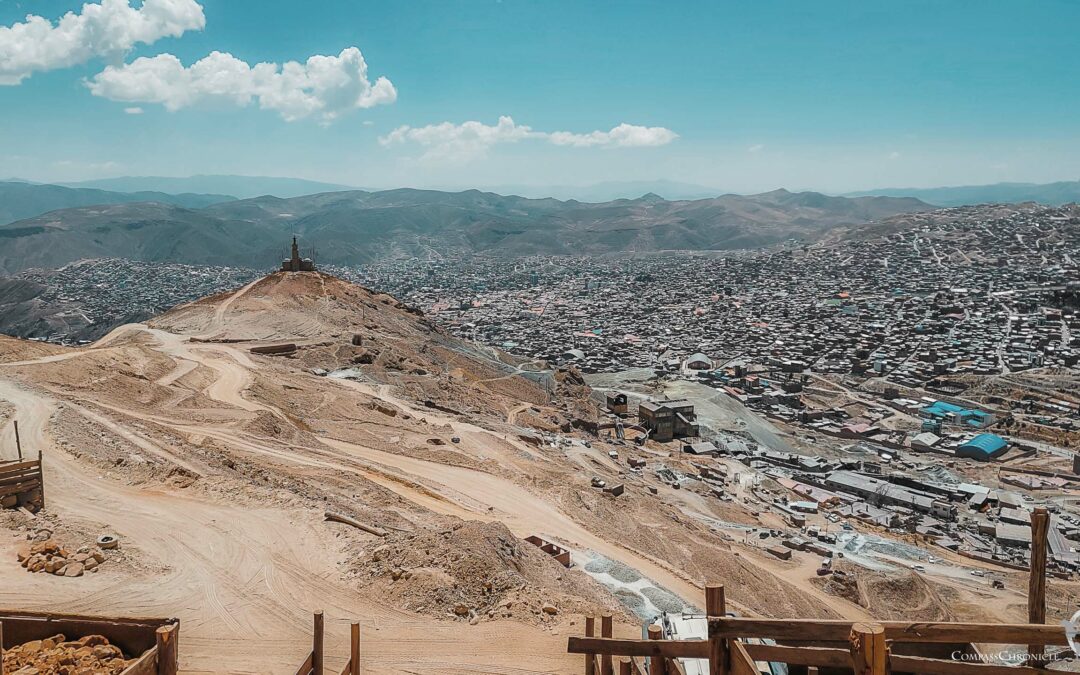
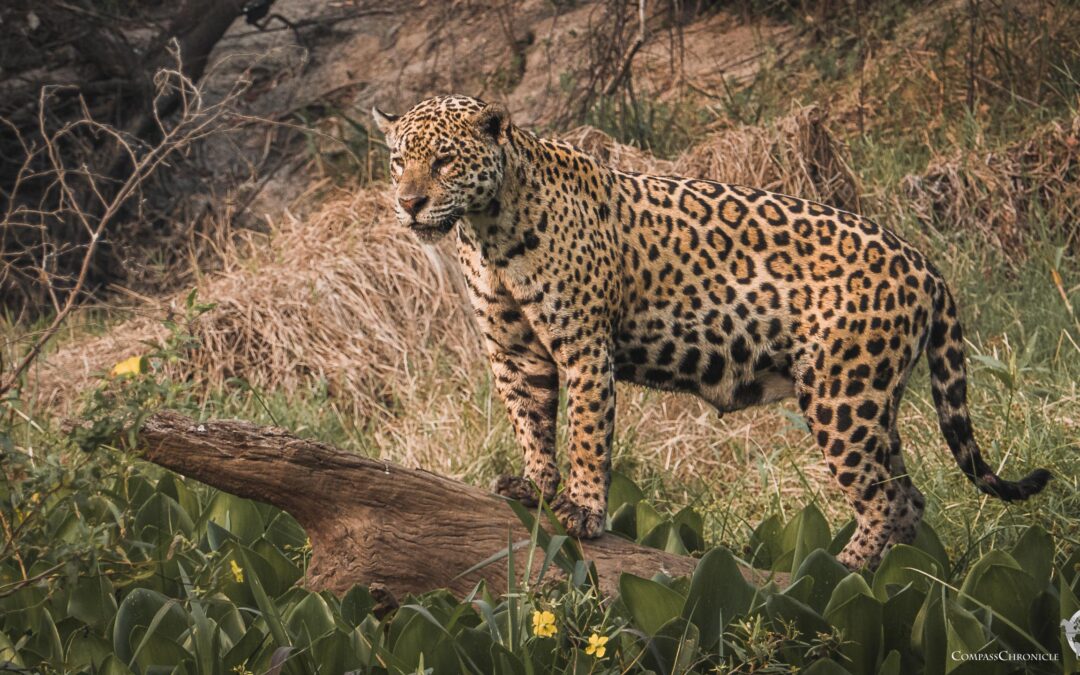
0 Comments